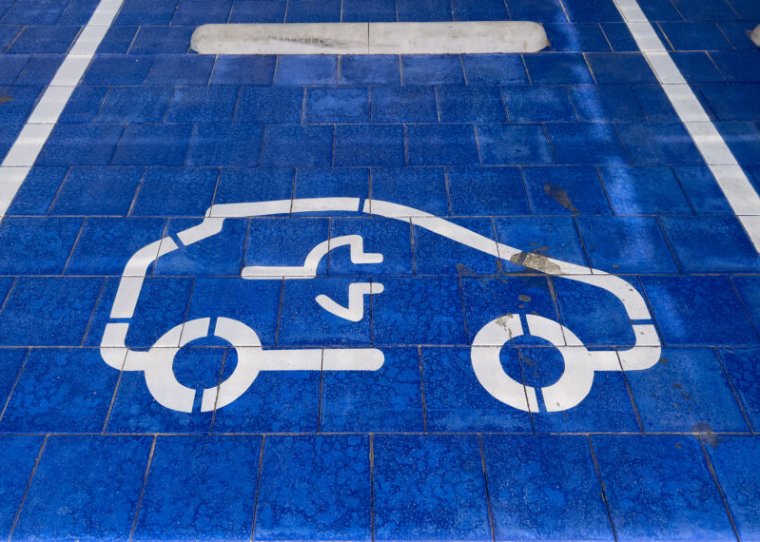
Enlarge / More EVs are good, but will the US be in line when battery supplies get scarce? (credit: Jonathan Gitlin)
The past few weeks have taken me to Europe, and it's easy to see just how many new electric vehicles are on the roads over there. For example, in Germany, nearly 14 percent of new cars sold in 2021 were battery EVs, and another 12.5 percent were plug-in hybrids. Even Brexit-beleaguered Britain is having a BEV bonanza at 11.6 percent of new car sales last year.
Here in the US, we're also buying more EVs than ever. But in 2021, BEVs still accounted for just 3 percent of the new car market, and that has me worried about the country's ambitious goals for EVs to make up half of all new car sales in less than a decade.
Transportation and climate change advocates had hoped for a comprehensive plan to decarbonize the way Americans move around the country, but as with so many ambitious (and even meager) plans, that push didn't survive contact with the US Senate. What we did get was a new Federal government policy stating that half of all new cars and light trucks should be zero-emissions vehicles—a mix of BEVs, PHEVs, and fuel cell EVs—by 2030, as well as an extra $7.5 billion for more EV chargers. Add to this the declarations from car companies promising—or aspiring—to go fully electric by 2030, and the future sounds bright.
No comments:
Post a Comment